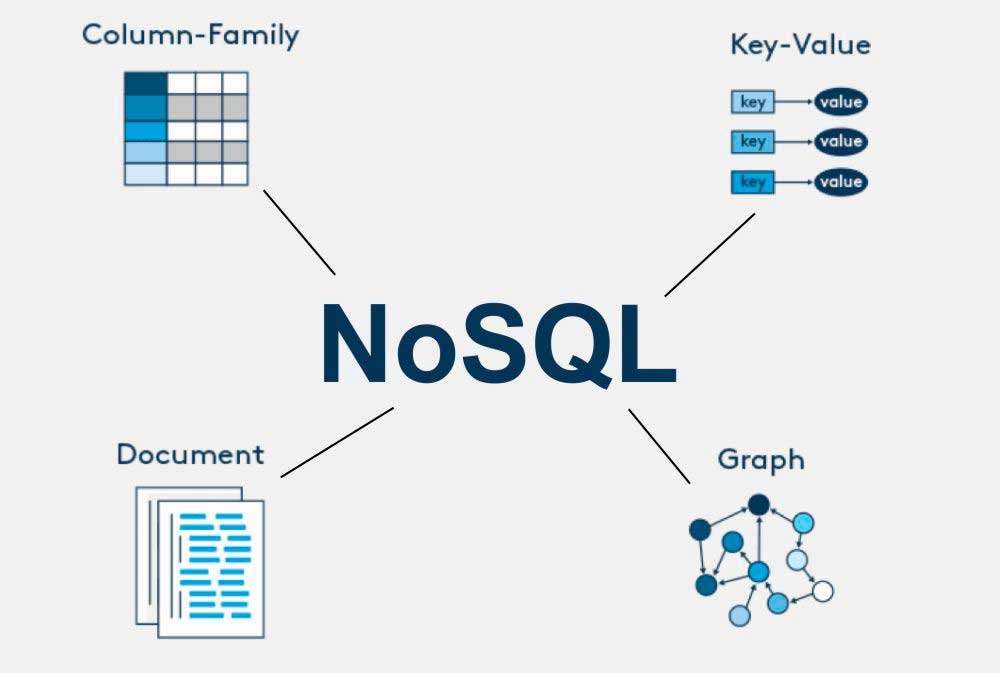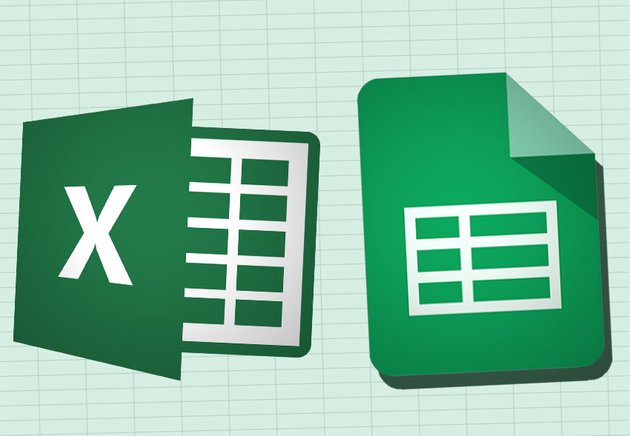
Keeping your product information in a list format on a Google Sheet might seem like a good idea. After all, it’s easy to access and share an online spreadsheet with your team. But what happens when that list gets too long? Finding the information you need becomes challenging when too much product data is stored in a flat file. In situations like these, product databases come in handy.
A product database is an efficient way to store and manage your product information. It can save your team time, but it can also provide valuable insights into your products and customers.
In this article we explain product databases, sharing fundamental reasons why your ecommerce brand must maintain a product database, and provide examples that can influence your brand’s database design.
Seven benefits to product databases
What are the most important benefits of a product database? That’s precisely what we’re going to discuss in this section. These are the seven primary advantages that a product database can have for your business:
1) Provides a repository for storing product data
Yes, this is obvious, but it’s worth stating because it’s the benefit product databases provide.
A product database gives your team a centralized place to store product information. Having a central repository is especially helpful for large groups with product database users in different locations.
With a product database, everyone can access the same product information anywhere. You can expect team members to locate user data, metadata, overhead data, and application metadata.
The four types of data in our product database examples provide valuable insights that can help improve your products and business processes.
2) Creates an organizational structure for product data
Product content management databases do more than just store data. They also create an organizational structure for that data.
Product data organization benefits large teams with product database users in different locations. Without it, you can imagine the chaos that would ensue.
Organizing product information in a database makes it easy for users to find the data they need. It also helps prevent users from accidentally deleting or overwriting product information.
Consider product database organization when setting up your product database. Decide how you want to organize your product information, and then create product database fields and product database tables accordingly.
You can organize product information in a product database by product name, product type, product category, or other criteria that make sense for your team. Just be sure to choose an organization method that will be easy for users to understand and follow.
3) Facilitates interaction with product data (create, read, update, & delete)
Users can interact with data in four ways: create, read, update, and delete. Product databases enable users to do all four.
- Creating data refers to adding new products or product information to a product database.
- Reading data means retrieving products or product information from a product database.
- Updating data involves modifying existing products or product information in a product database.
- Deleting data entails removing products or product information from a product database.
Your team will need to update their ecommerce product database using the product database CRUD functions.
Product databases enable users to perform all four operations with ease. The user interface should be intuitive and easy to use. Otherwise, users will get frustrated and may not want to use the product database.
4) Models and represents hierarchical relationships
A product database can model and represent hierarchical relationships. This is especially helpful for products in different sizes, colors, or configurations.
Showing relationships between products is invaluable for ecommerce businesses. It allows users to see how products are related to each other.
For example, a product database can show that a particular size product is available in multiple colors.
Or, it can reveal that a specific color product is only available in one size.
The ability to model and represent hierarchical relationships is a powerful feature of product databases. Use it to your advantage by displaying products and their relationships in a product database table. Doing so will help users better understand your products and make more informed decisions.
5) Reduces product, inventory & sales redundancy
Data redundancies are a big problem for businesses. They can lead to errors, inefficiencies, and wasted time and money.
Fortunately, the product database examples we provide below reduce data redundancies by storing product information in one central location. Database normalization also improves how we store and access data.
With a product database, you no longer need to store product information in multiple places (e.g., an ecommerce platform, accounting software, and a spreadsheet).
Instead, you can store all product information in one product database. Having one central point of truth will help reduce errors, save time, and improve efficiency.
6) Prevents deletion, update, & insertion data anomalies
Another big problem for businesses is data anomalies. Data anomalies can occur when incorrectly deleting, updating, or inserting product information.
For example, imagine that you have a product database with three products: Product A, Product B, and Product C.
Imagine that someone accidentally provides duplicate or incorrect information when updating products in the product database.
As a result, Product B is updated with the wrong information while Product C is not updated at all.
Incorrect and duplicate data creates anomalies in the product database because two products now have different information.
To prevent data anomalies, be sure to validate product information before adding it to a product database.
Data validation will help ensure that products in the product database are accurate and up-to-date.
7) Reduces product database information complexities
Product databases can quickly become complex, with tons of product information to keep track of.
This complexity can make it difficult for users to find information. Fortunately, product database examples can help reduce information complexities.
One way to do this is by using product database tables. Tables are a great way to organize products and product information.
They help users quickly find the information they need without getting bogged down in complex details.
So, there you have seven benefits of using product databases. We will provide product database examples by explaining the components of databases and showing you some of our favorite software applications.
Product database component examples
Before learning about the specific software products, it’s essential to understand the components of databases.
There are four components to every product database: users, a database application, a database management system, and a product database. Together, these product database components work to manage, store and update your product information.
Understanding how it works in tandem will make it easier to understand the benefits product databases can provide your team. Each of these components matters to your ecommerce business, so we’ll briefly explain each part’s role in product databases.
Here are the product database component examples in more detail:
Users
Users are the people who interact with the product database. In most cases, users are company employees who need to access product information.
Consider all the shareholders who must access, update, or delete product information. A product database helps manage this process by giving users the ability to control what product information they can see and edit. That’s why it’s vital to consider product database security when setting up your company’s system.
You’ll need to set up product database permissions so that only the people who need to access the product information can do so.
Database Application
A database application is a software program that helps users interact with the product database. It allows users to add, update, delete, and view product information.
Many database applications are available, but not all product database applications are created equal. When choosing a product database application, consider your team’s needs. For example, you might not need an enterprise-level product database application if you have a small team.
Alternatively, suppose you have a large team with product database users in different locations. In that case, you might need a product database application that’s cloud-based so that everyone can access it from anywhere.
Database Management System
A Database Management System (DBMS) is a software program that helps manage the product database.
The database application speaks directly with a DBMS, which acts as a gatekeeper of information. The DBMS controls what product information users can access and how they can interact with it. For example, the DBMS might prevent users from deleting product information from the product database.
Product database
The product database is where brands store all their raw product information. This can be in a physical product database, a product spreadsheet, or a product database software program.
The product database is the foundation of the entire product database system. There would be no way to store or manage product information without it.
Product database types you should know
Relational databases, SQL databases, NoSQL databases, and cloud-based databases are some of the most common product database examples.
There are many product database types to choose from. And the product database type you choose will likely be determined by the size of your team, your needs, and your budget.
We’ll briefly explain each product’s database type so that you can decide which one is right for your business.
Relational product database
A relational database is a product database that uses tables. Tables are like folders in a product spreadsheet.
Each table contains information about a different topic, and each row in a table represents a record. For example, one table might contain product information, while another might contain customer information.
Structured Query Language (SQL) product database
An SQL database is a type of relational database. The main difference between SQL databases and other product databases is that SQL databases use the structured query language (SQL) to interact with the product database.
NoSQL product database

A NoSQL database is a product database that does not operate on the relational model. Thus, NoSQL databases don’t use tables to store data.
Instead, they use a more flexible system, making them more scalable than relational databases. And this system is convenient for CPG brands, retailers, and ecommerce sellers because product information is constantly changing.
Hybrid product database
A hybrid product database is a product database that uses both the relational model and the NoSQL model. This type of product database is becoming more popular because it gives brands the best of both product database worlds.
There are specific aspects you can find in a hybrid product database, including:
- The use of both SQL and NoSQL
- The use of both relational and non-relational data
- Multi-model product database support
- Flexible product data schema
- Horizontal scalability
Types of product database software
Now that we’ve discussed some product database examples, it’s time to consider which type of software products you need to manage your product database.
There are more options than what’s listed here, yet this product database software should give you a good starting point.
MySQL database

How do you decide whether a MySQL database is the correct database for stores that sell your products, and are there any pros and cons to consider?
MySQL is a product database that uses the SQL language. It’s free and open-source, making it a popular choice for small businesses and startups.
MySQL is also easy to use, which is another advantage if unfamiliar with product databases. However, MySQL isn’t as scalable as some of the other product database options on this list.
NoSQL database
NoSQL product databases are suitable for businesses with extensive product selections or the need to scale quickly.
They’re perfect for companies in industries like retail and ecommerce because product information is constantly changing. Some NoSQL databases also connect with ecommerce automation or digital asset management software that makes sending data easier
NoSQL product databases are also more flexible than SQL product databases, which means they can handle unstructured data.
However, NoSQL product databases can be more challenging than other options if you’re unfamiliar with them.
Excel Spreadsheet Or Google Sheet

There’s also another option to create and manage your product database, and that’s by using a product spreadsheet.
The two most popular product spreadsheet software options are Excel and Google Sheets. Excel is a product spreadsheet software part of the Microsoft Office suite and Google Sheets is a product spreadsheet software part of the Google Drive suite. Both product spreadsheet software options are easy to use. You can find lots of tutorials online if you need help getting started.
The main disadvantage of using a product spreadsheet is that it’s not as scalable as a product database.
A product spreadsheet might be a good option if you have a small product database.
But suppose you have a significant product database. In that case, you’ll need to consider one of the other product database examples on this list.
Most Excel sheets are lists and not databases because they can only handle one product information table, and most brands will need something more robust like a MySQL product database to manage their product information.
FlatFilePro

If you want to improve your Amazon sales channel and create a product database, you need FlatFilePro.
It can maintain your product data while making your brand on Amazon easier. Additionally, FlatFilePro provides nightly backups, creates inventory flat files, and helps add product listings in bulk.
FlatFilePro is a product information management software that syncs with your Amazon Seller Central and imports product information into a product database.
FlatFilePro is easy to use, and it’s a scalable solution that can grow your business. With user permissions and task managing, you can give other members of your team access to the product database.
Whenever they need specifics about your brand’s products, they can log in and search for product information. Any additions, omissions, or deletions to product listings sync on Amazon Seller Central nightly.
Learn why Amazon Sellers need FlatFilePro, or get your free trial now.

